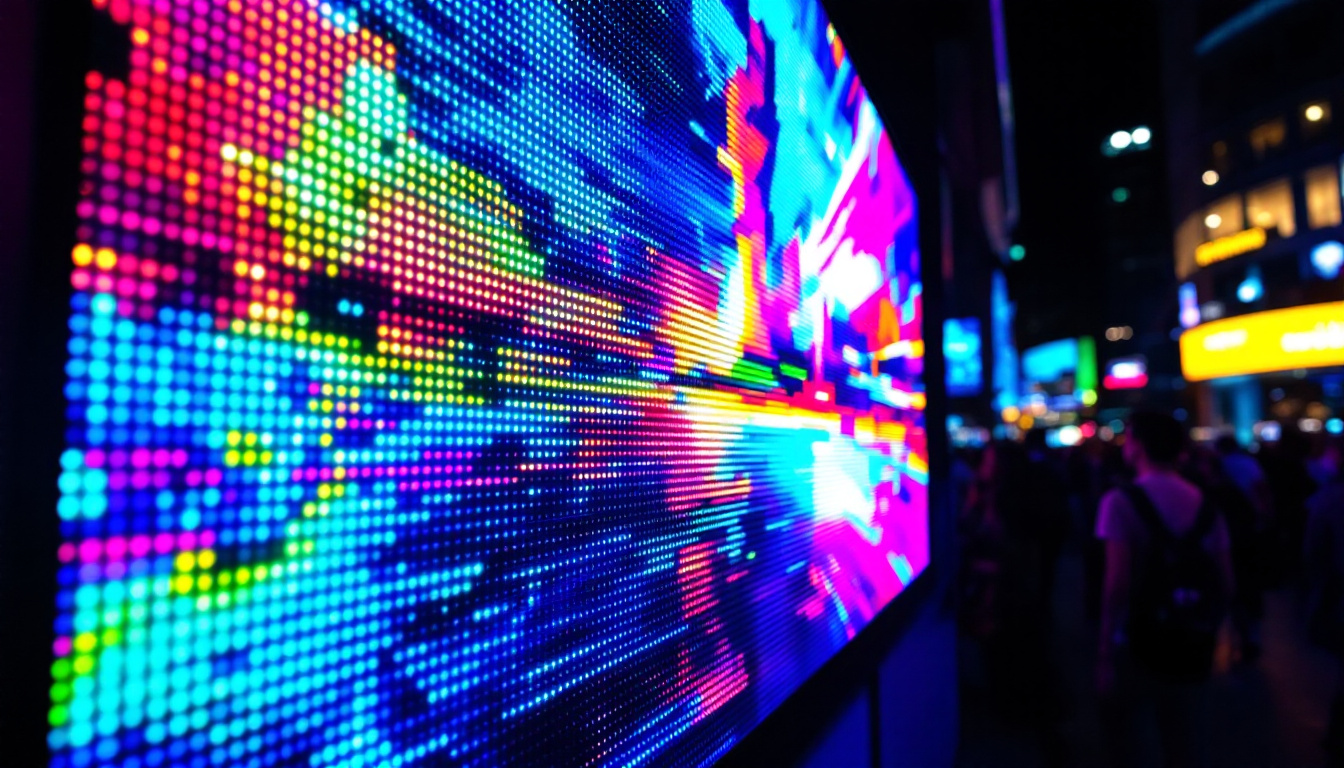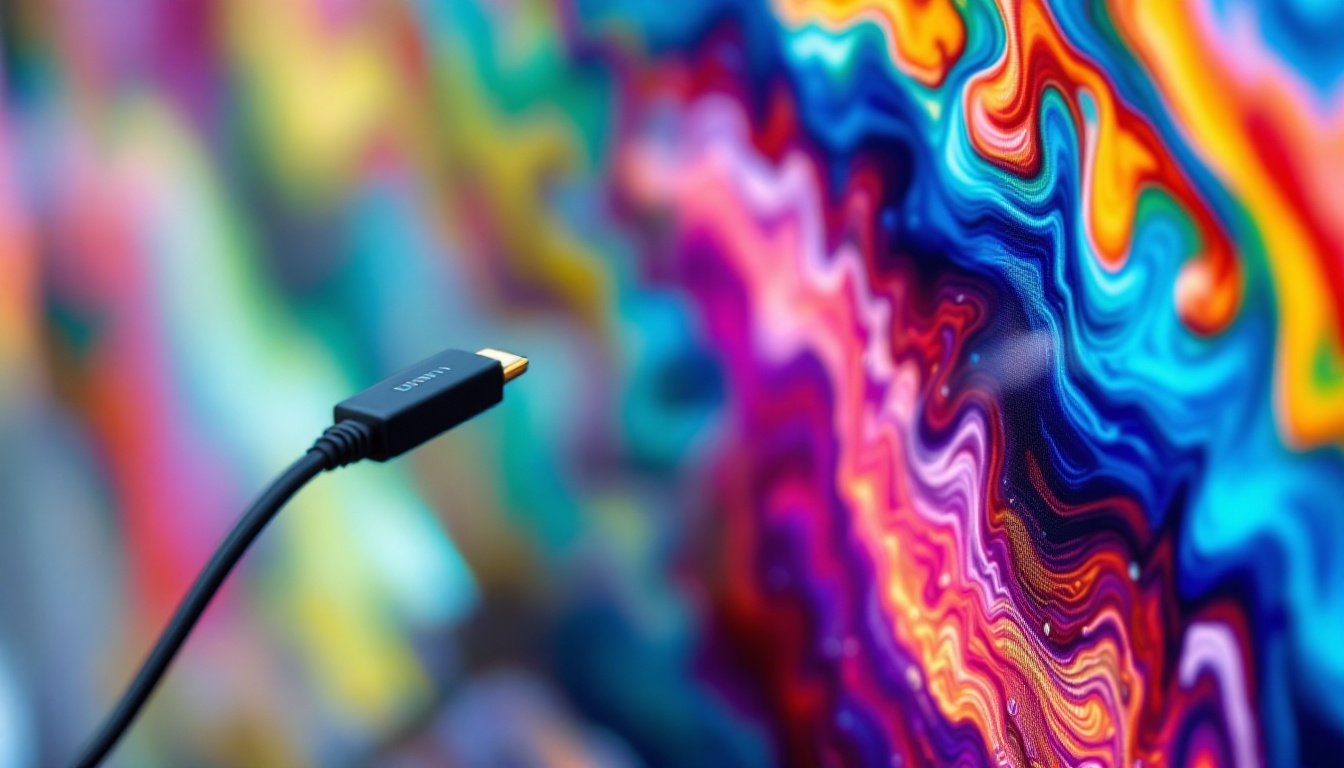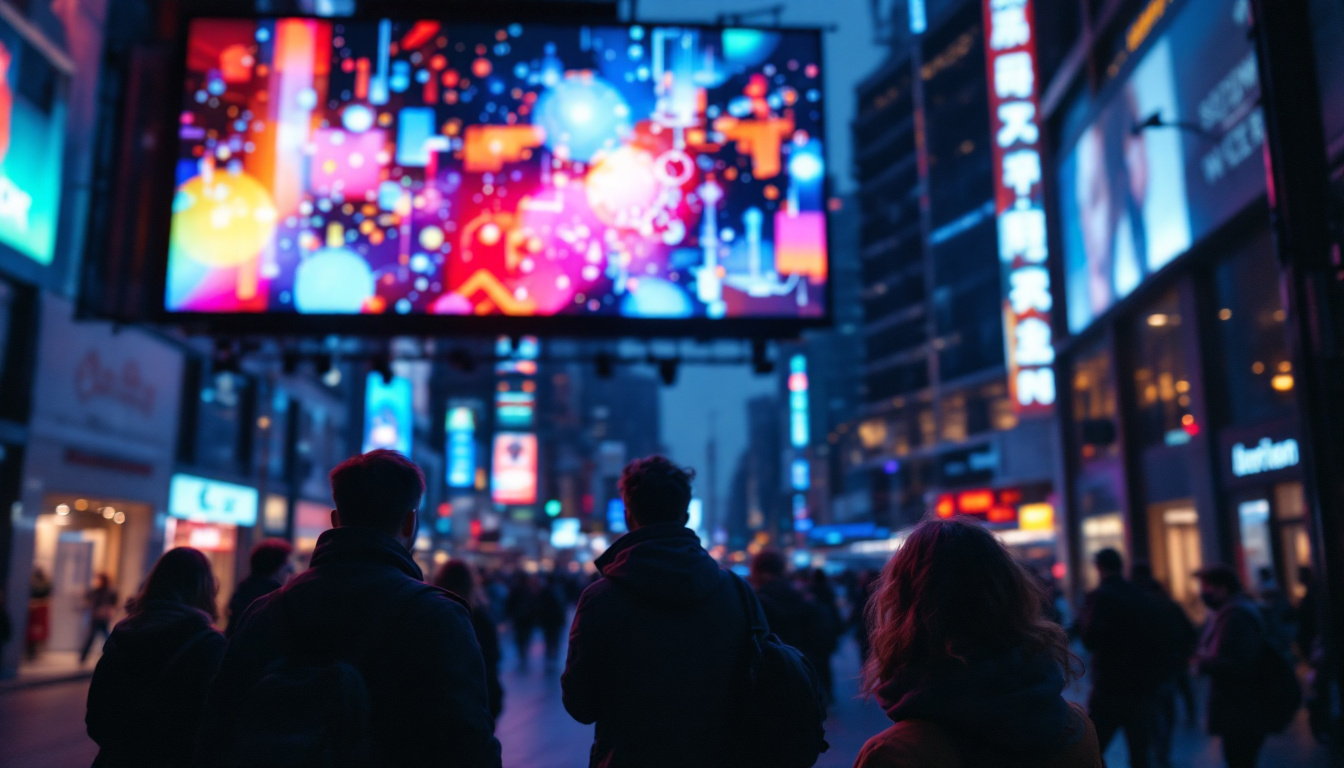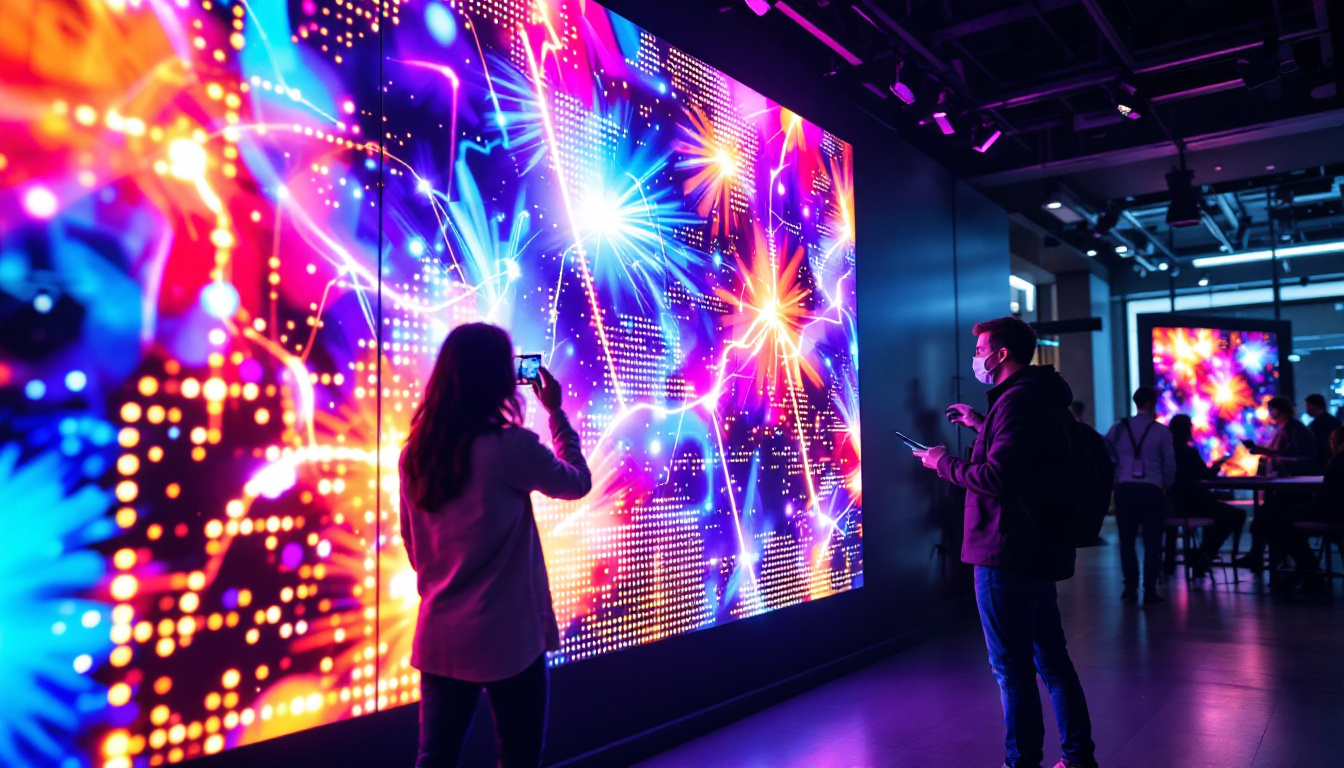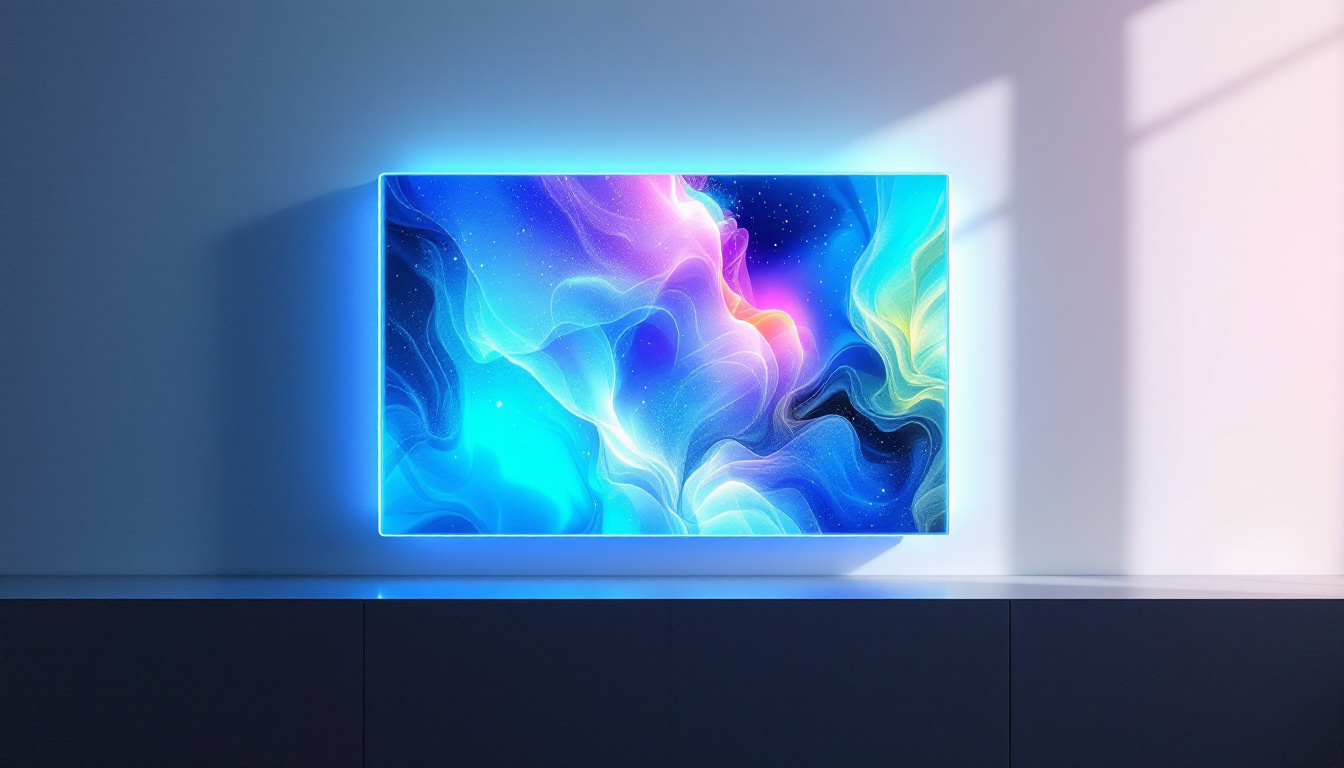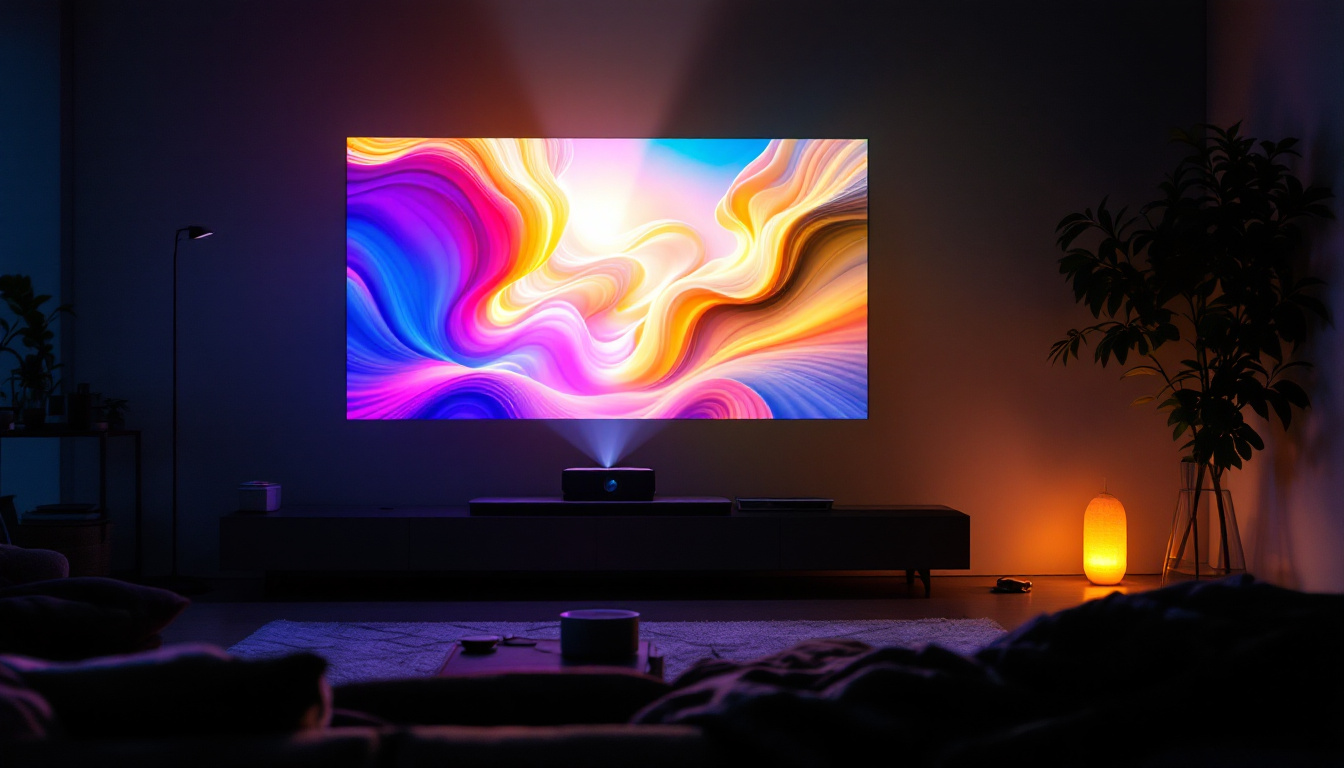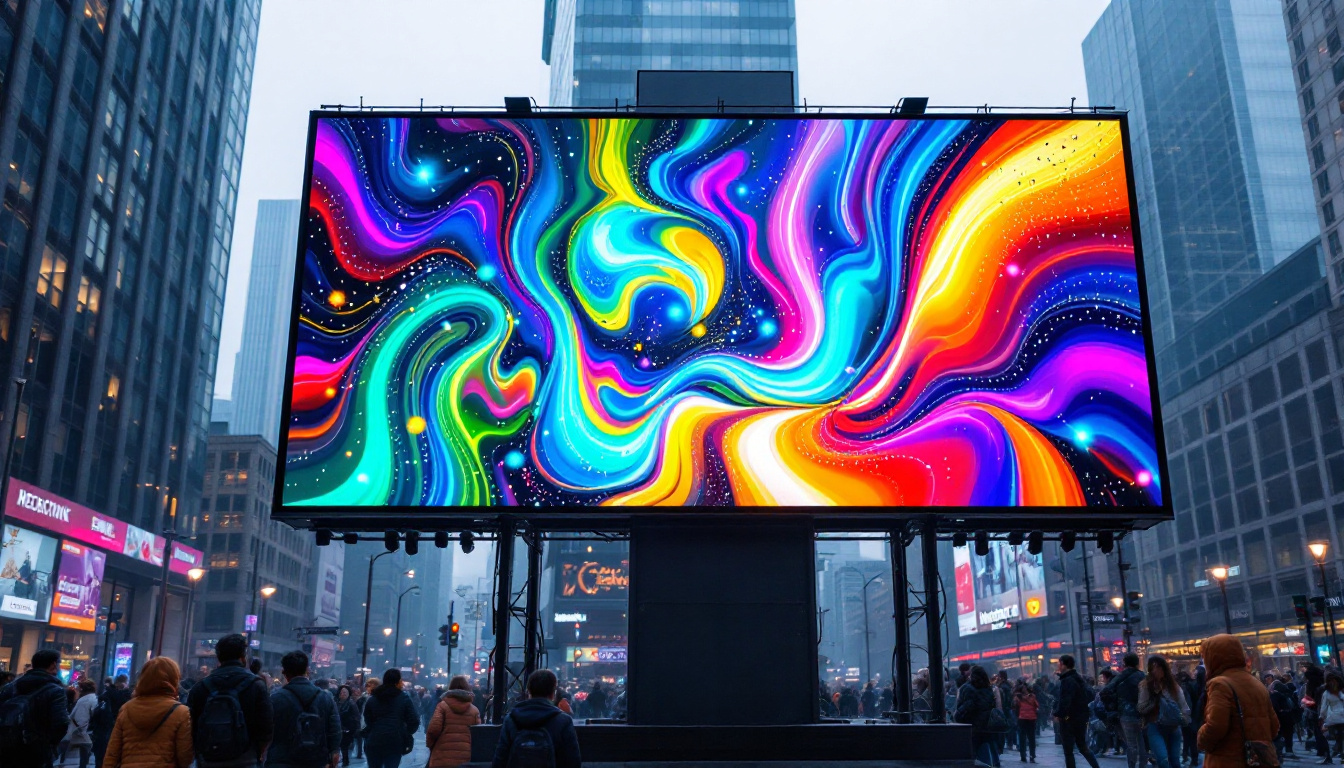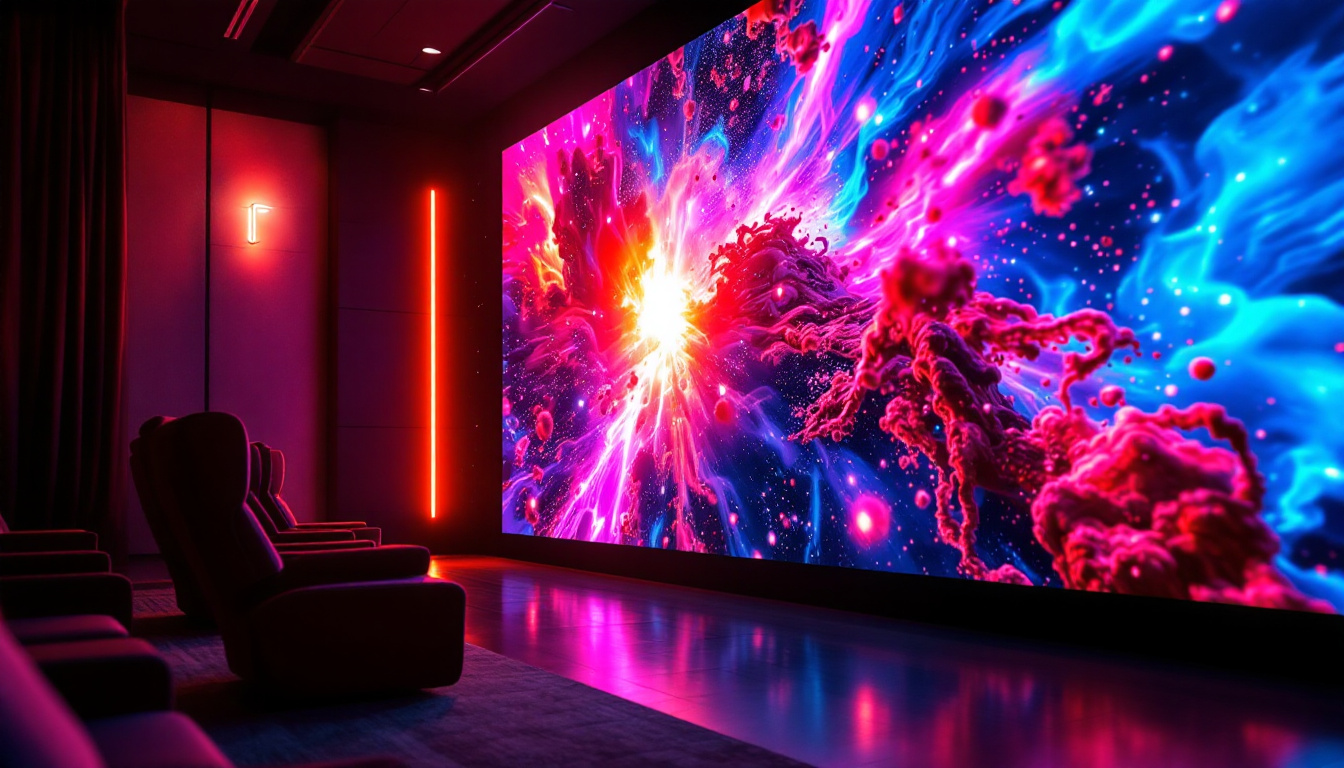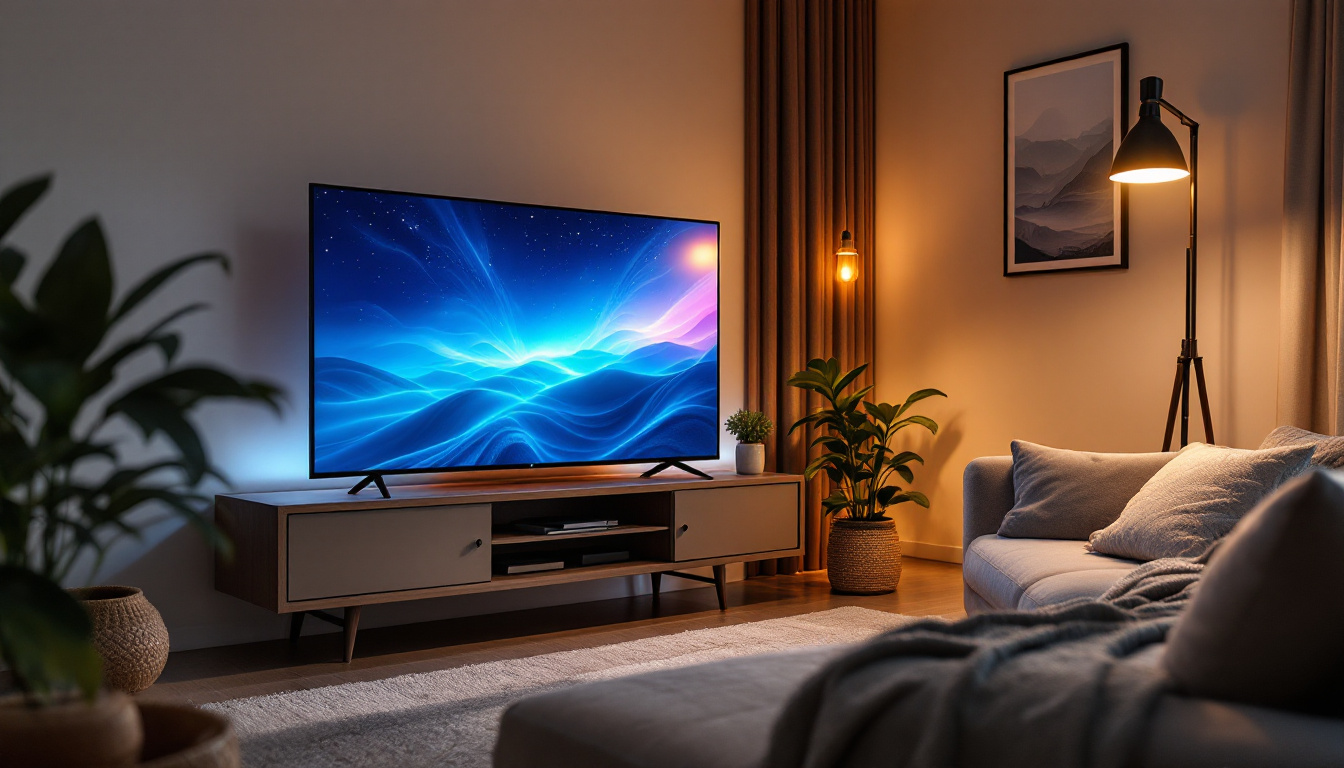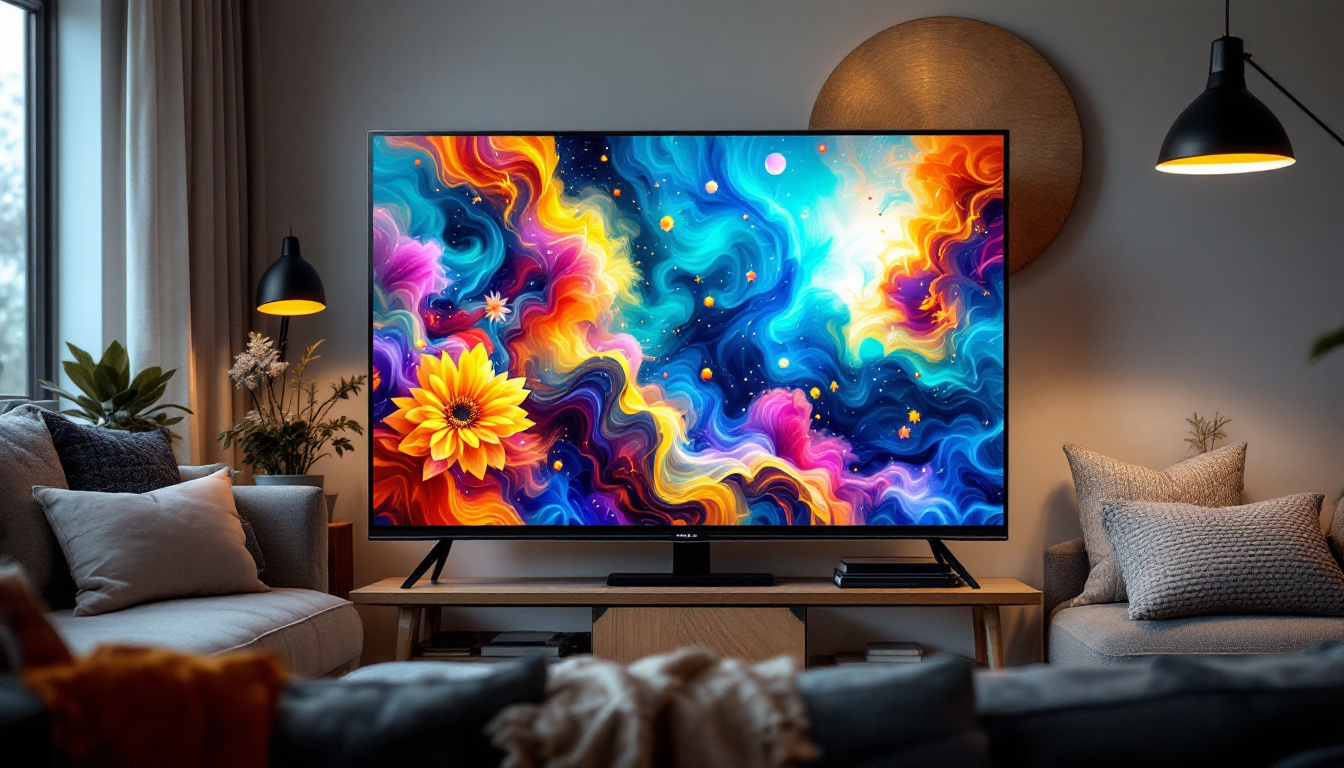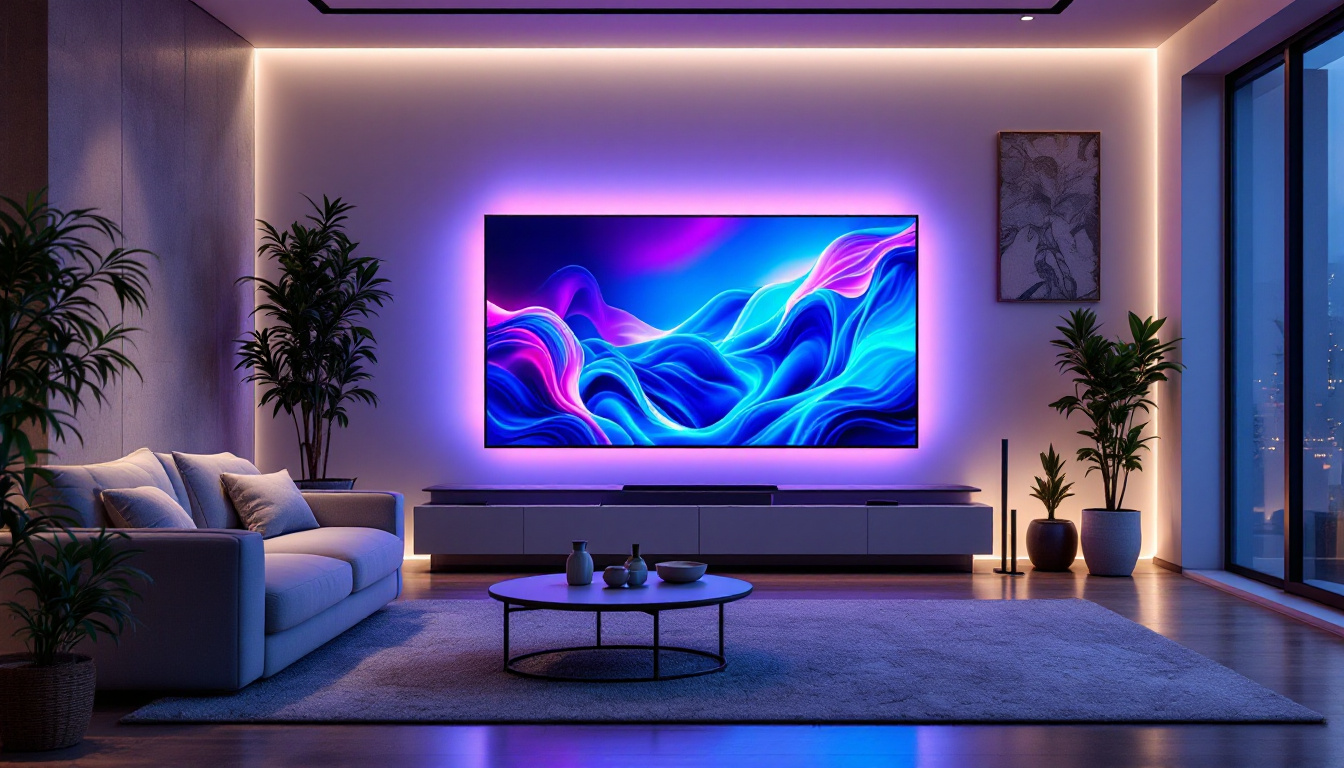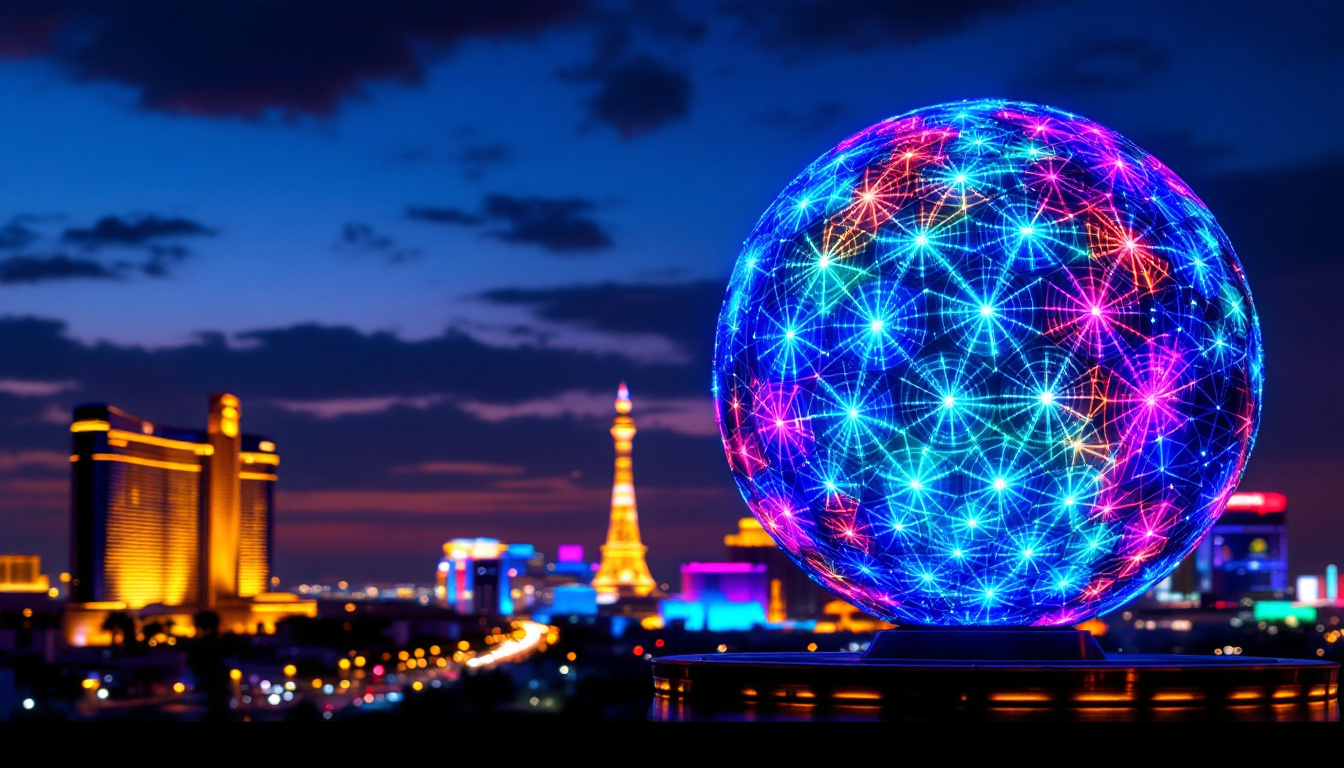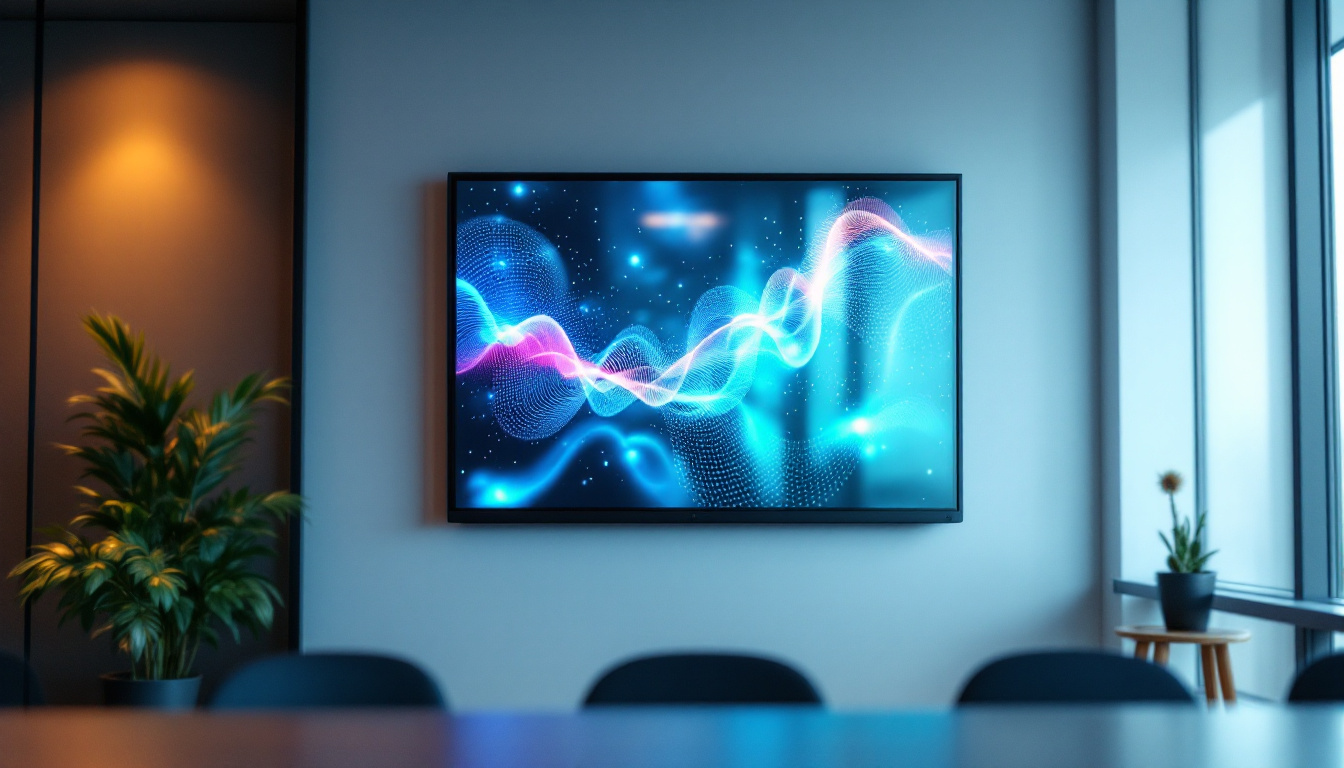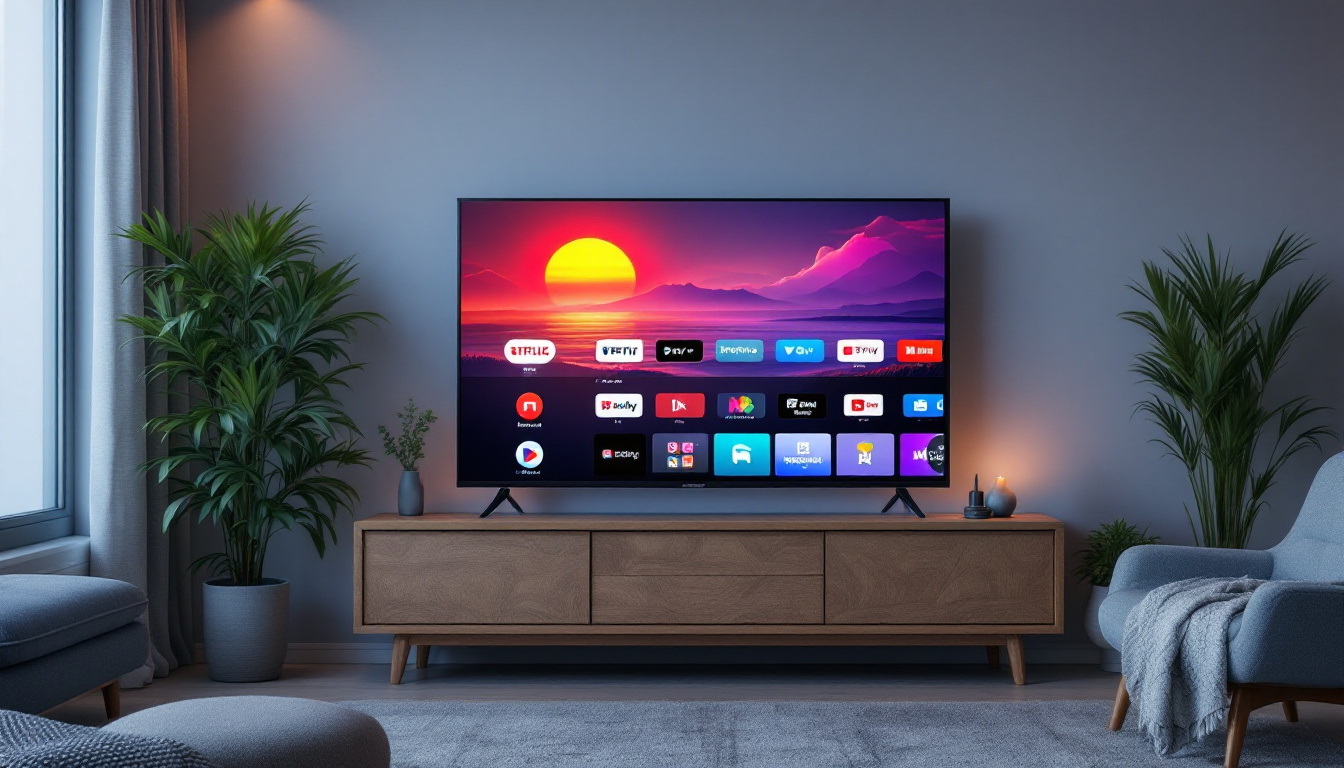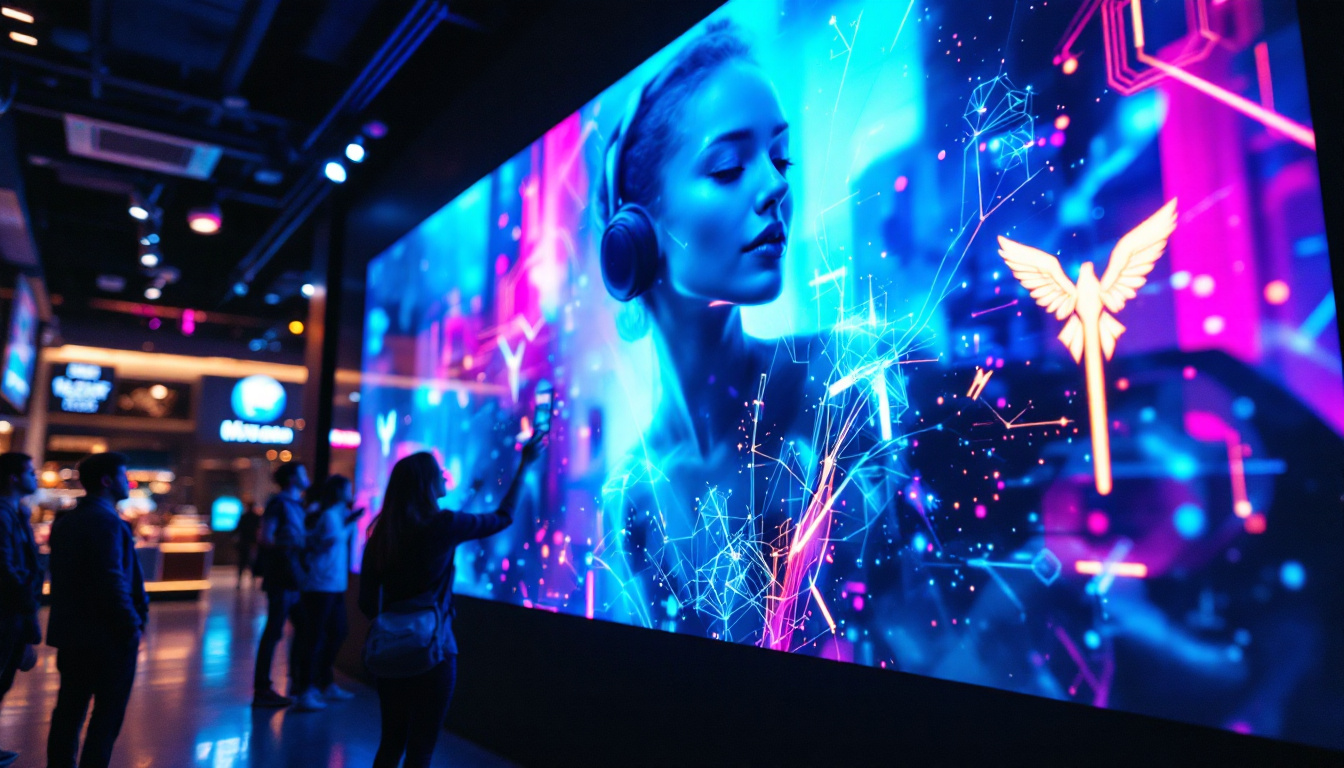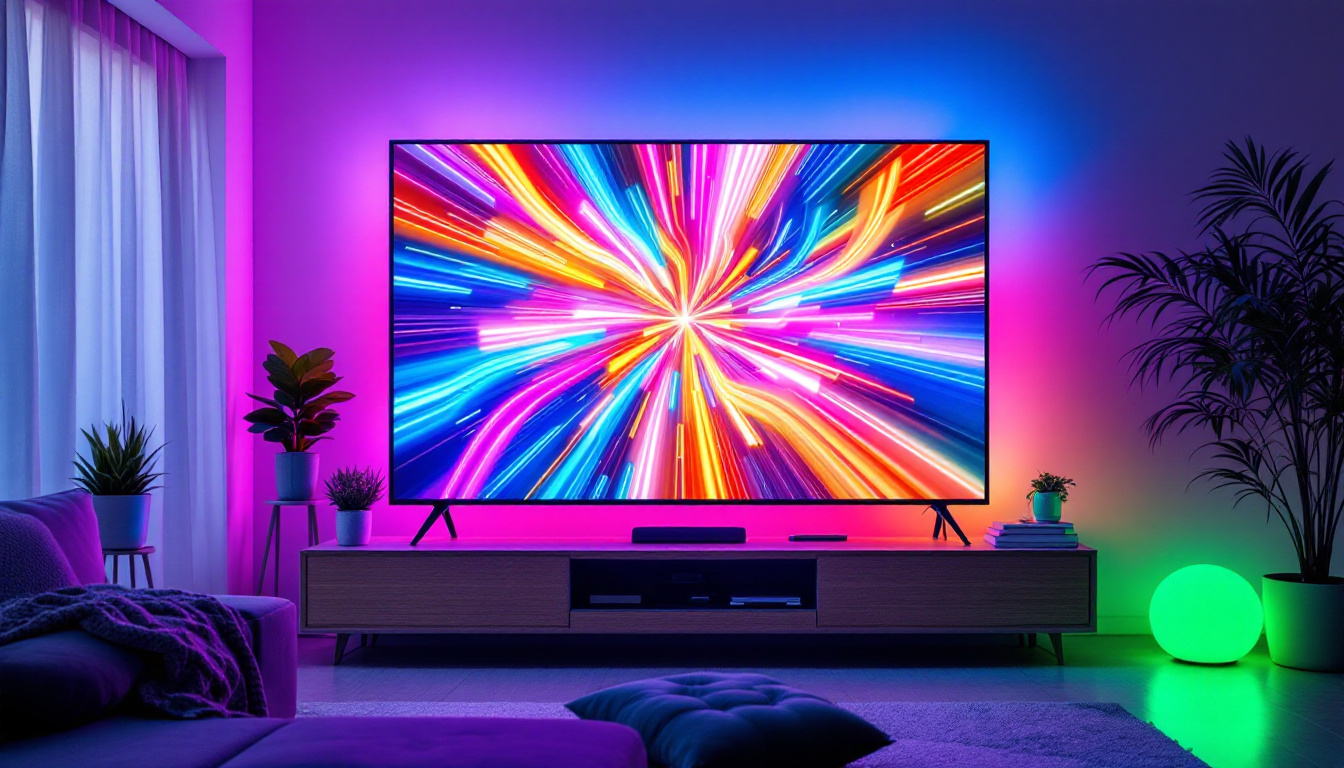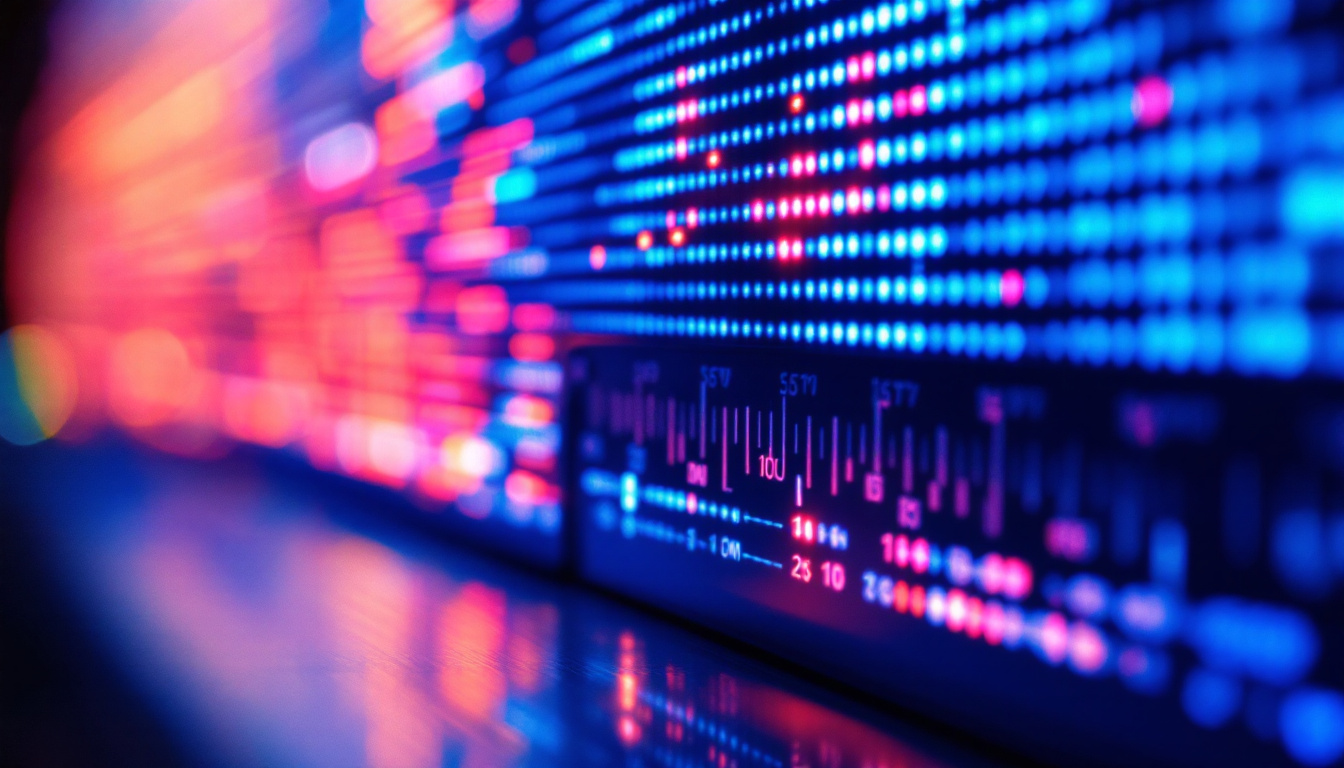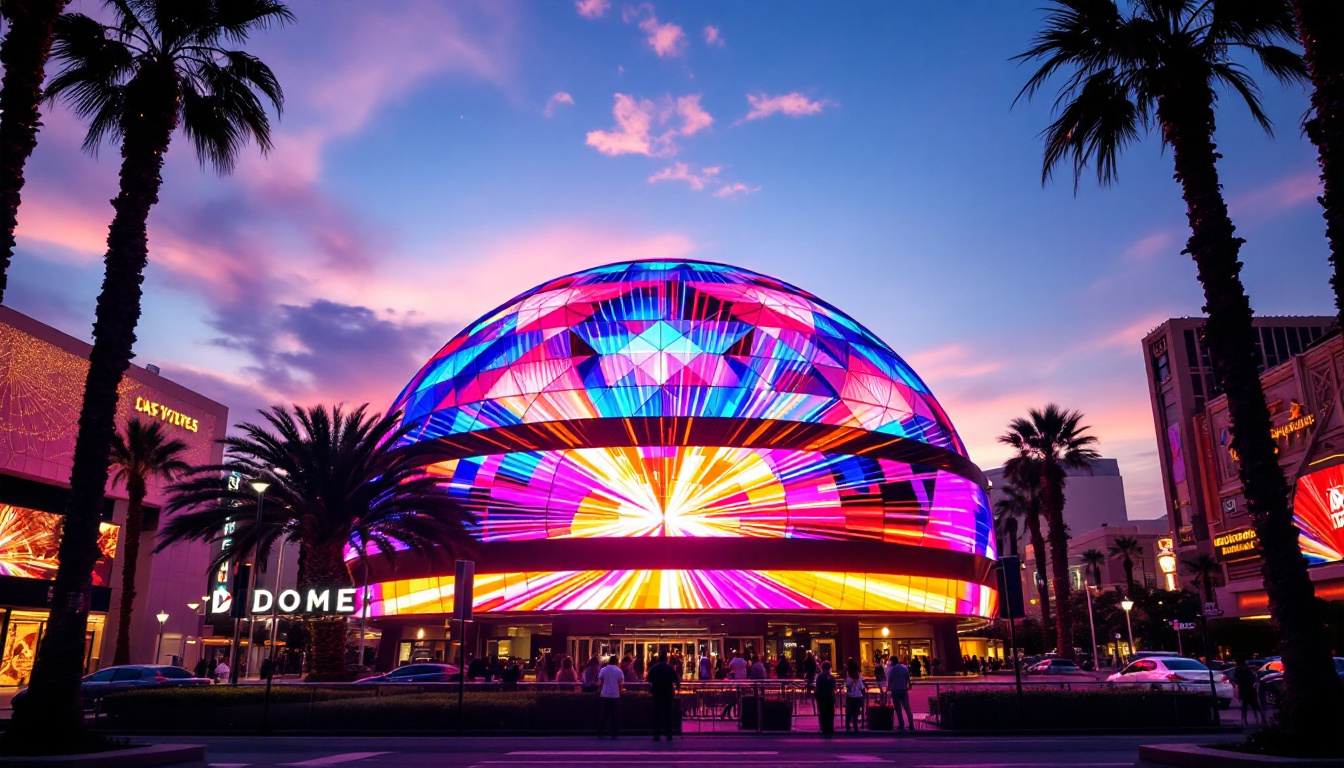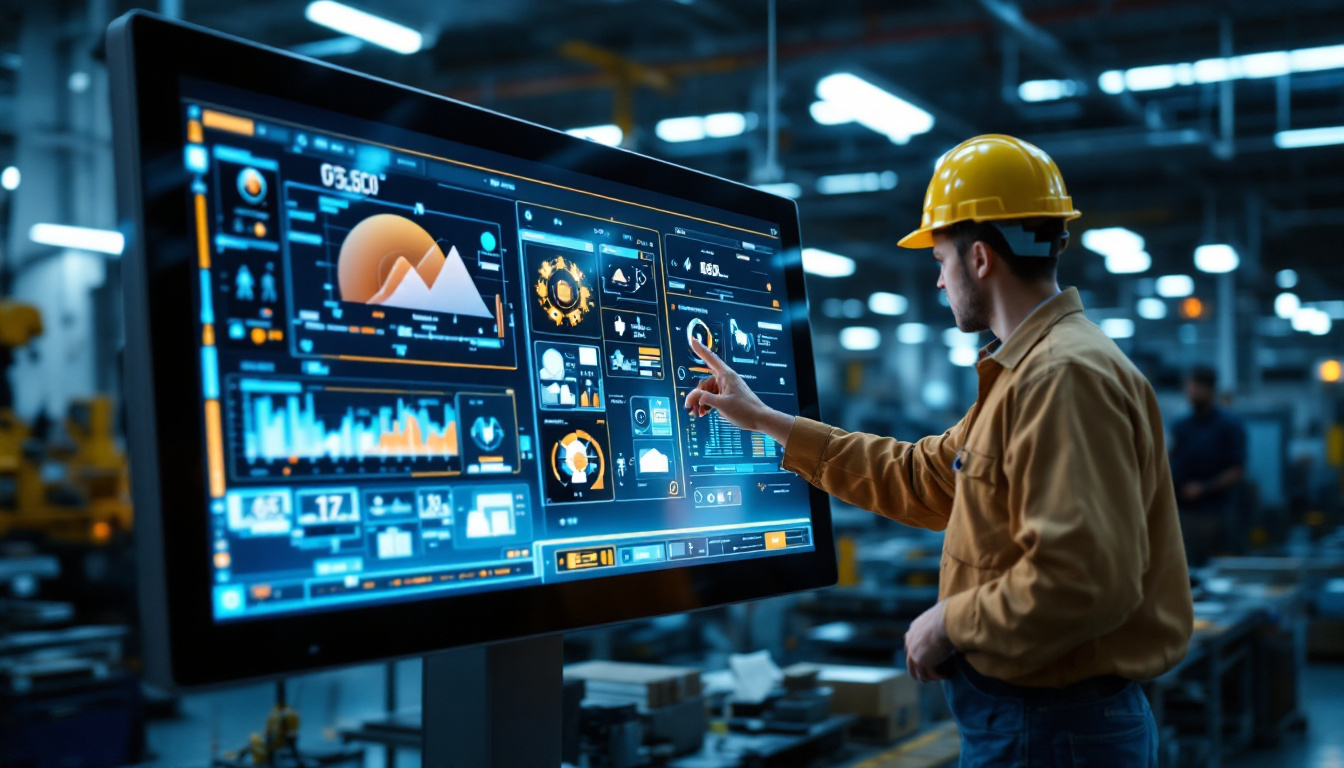In the modern world, visual communication has taken on a new level of sophistication and effectiveness. One of the key players in this evolution is the LED display. From billboards to televisions, LED displays have become ubiquitous, transforming how information is shared and consumed. This article delves into the intricacies of LED displays, exploring their technology, applications, and advantages.
Understanding LED Technology
Light Emitting Diodes (LEDs) are semiconductor devices that emit light when an electric current passes through them. This technology has revolutionized lighting and display systems, offering numerous advantages over traditional lighting methods. LEDs are not only energy-efficient but also have a significantly longer lifespan, reducing the need for frequent replacements and maintenance. Their compact size allows for versatile applications, from tiny indicator lights to large-scale outdoor displays.
The Basics of LED Functionality
At the core of an LED is a chip made from a combination of materials that emit light when energized. The color of the light depends on the materials used in the chip. For instance, blue LEDs are typically made from gallium nitride, while red LEDs are made from aluminum gallium arsenide. This versatility allows manufacturers to create displays that can produce a wide range of colors by combining different LEDs. The efficiency of LEDs is also noteworthy; they convert a higher percentage of electricity into light compared to incandescent bulbs, which waste much of their energy as heat.
When it comes to LED displays, multiple diodes are arranged in a matrix to form images or text. Each pixel in an LED display consists of red, green, and blue (RGB) LEDs, which can be mixed to create a full spectrum of colors. This pixel-based approach enables high-resolution images and vibrant visuals. Furthermore, advancements in technology have led to the development of dynamic displays that can change colors and patterns in real-time, enhancing the viewer’s experience and allowing for interactive applications in advertising and entertainment.
Types of LED Displays
LED displays come in various types, each designed for specific applications. The most common types include:
- Indoor LED Displays: These displays are designed for use in enclosed spaces, such as shopping malls, conference rooms, and theaters. They typically have a higher pixel density, allowing for clearer images at closer viewing distances. Indoor displays often feature softer brightness levels to create a comfortable viewing environment without causing eye strain.
- Outdoor LED Displays: Built to withstand harsh weather conditions, outdoor displays are often used for advertising billboards and public information systems. They are designed with lower pixel density but higher brightness to ensure visibility in direct sunlight. Additionally, many outdoor displays are equipped with protective coatings to prevent water and dust damage, ensuring longevity and reliability.
- Transparent LED Displays: These innovative displays allow light to pass through, making them ideal for storefronts and exhibitions where visibility from both sides is essential. This unique feature not only enhances aesthetic appeal but also allows businesses to maintain a connection with the outside environment, blending advertising with architectural design.
Applications of LED Displays
The versatility of LED displays has led to their adoption across various sectors. From commercial to artistic applications, their impact is profound.
Advertising and Marketing
One of the most prominent applications of LED displays is in advertising. Businesses utilize large outdoor LED screens to showcase dynamic advertisements that can be updated in real-time. This capability allows for targeted marketing strategies, enabling brands to reach specific audiences with tailored messages.
Moreover, indoor LED displays are frequently used in retail environments to enhance customer experience. They can display promotions, product information, and even interactive content, engaging customers and driving sales. The integration of QR codes and augmented reality features into these displays further enriches the shopping experience, allowing customers to interact with products in innovative ways. This not only boosts customer engagement but also provides valuable data to retailers about consumer behavior and preferences.
Entertainment and Events
In the entertainment industry, LED displays have transformed concerts, festivals, and sporting events. Large-scale LED screens are used to provide audiences with stunning visuals, enhancing the overall experience. These displays can also be synchronized with audio and lighting systems, creating a cohesive multimedia experience. The ability to project high-definition graphics and live feeds ensures that even those seated far from the stage feel connected to the performance.
Additionally, LED technology is utilized in theaters and cinemas for vibrant projections, enabling filmmakers to present their work in the best possible light. The high contrast and color accuracy of LED displays contribute significantly to the cinematic experience. Beyond traditional cinema, immersive experiences like virtual reality and 4D theaters are increasingly incorporating LED technology to create environments that fully engage the audience’s senses, making storytelling more impactful than ever.
Information and Communication
LED displays are widely used for information dissemination in public spaces. Airports, train stations, and bus terminals utilize LED screens to provide real-time updates on schedules and announcements. Their visibility and clarity ensure that travelers receive crucial information promptly. These displays often feature multilingual options, catering to diverse populations and enhancing accessibility for international travelers.
Furthermore, educational institutions have adopted LED displays for teaching and presentations. These displays facilitate interactive learning experiences, allowing educators to present information in engaging ways that capture students’ attention. By incorporating multimedia elements such as videos, animations, and live demonstrations, teachers can create a dynamic classroom environment that fosters collaboration and critical thinking. In addition, LED displays are increasingly being used for school events and announcements, providing a modern platform for communication within the school community and keeping parents informed about important activities and achievements.
Advantages of LED Displays
The growing popularity of LED displays can be attributed to their numerous advantages over traditional display technologies.
Energy Efficiency
One of the most significant benefits of LED displays is their energy efficiency. Compared to traditional incandescent or fluorescent lights, LEDs consume significantly less power. This efficiency not only reduces electricity costs but also contributes to a lower carbon footprint, making LED displays a more sustainable choice.
Longevity and Durability
LEDs have a longer lifespan than traditional lighting solutions. While incandescent bulbs may last for about 1,000 hours, LED displays can operate for tens of thousands of hours with minimal degradation in performance. This longevity reduces the need for frequent replacements, resulting in lower maintenance costs.
Moreover, LED displays are more durable and resistant to shock, vibrations, and extreme temperatures. This resilience makes them suitable for both indoor and outdoor applications, where traditional displays may fail.
High Brightness and Contrast
LED displays are known for their high brightness levels, making them easily visible even in bright sunlight. This feature is particularly important for outdoor advertising and public information displays, where visibility is crucial.
Additionally, the contrast ratio of LED displays is superior to that of traditional displays. This means that images and text appear sharper and more vibrant, enhancing the overall viewing experience.
Challenges and Considerations
Despite their numerous advantages, LED displays also come with challenges that potential users should consider.
Initial Cost
The upfront cost of purchasing and installing LED displays can be higher than traditional display technologies. However, it is essential to consider the long-term savings on energy and maintenance costs, which can offset the initial investment over time.
Heat Management
LED displays generate heat during operation, which can affect performance if not managed effectively. Proper heat dissipation mechanisms, such as heat sinks and ventilation systems, are crucial to ensure the longevity and reliability of the display.
Color Calibration
Achieving accurate color representation on LED displays can be challenging. Variations in manufacturing and environmental conditions can lead to discrepancies in color output. Regular calibration and maintenance are necessary to ensure consistent performance and quality.
Future Trends in LED Display Technology
The LED display industry is continuously evolving, with advancements in technology paving the way for exciting developments.
MicroLED Technology
MicroLED is an emerging technology that promises to revolutionize the display landscape. Unlike traditional LEDs, which are larger, MicroLEDs are tiny individual pixels that can be assembled to create high-resolution displays. This technology offers improved brightness, contrast, and energy efficiency, making it an attractive option for future displays.
Flexible and Curved Displays
Another trend gaining traction is the development of flexible and curved LED displays. These innovative designs allow for creative applications in architecture and advertising, enabling displays to fit unique shapes and surfaces. The adaptability of flexible displays opens up new possibilities for immersive experiences.
Integration with Smart Technology
As smart technology continues to advance, LED displays are increasingly being integrated with IoT (Internet of Things) capabilities. This integration allows for real-time data sharing, remote monitoring, and enhanced interactivity, making LED displays smarter and more functional.
Conclusion
LED display technology has transformed the way information is communicated and consumed in various sectors. With their energy efficiency, durability, and versatility, LED displays have become a preferred choice for advertising, entertainment, and information dissemination. While challenges exist, the ongoing advancements in LED technology promise a bright future for this innovative medium.
As industries continue to explore the potential of LED displays, it is clear that they will play a significant role in shaping the future of visual communication. Whether through dynamic advertising, immersive entertainment experiences, or effective information sharing, LED displays are set to remain at the forefront of technological innovation.
Discover LumenMatrix’s Innovative LED Display Solutions
Ready to elevate your visual communication with cutting-edge technology? Explore LumenMatrix’s comprehensive range of LED display solutions, designed to captivate and engage your audience. From vibrant Indoor and Outdoor LED Wall Displays to dynamic Vehicle and Sports LED Displays, each product is crafted to deliver exceptional clarity and impact. Discover how our LED Poster Displays, Floor LED Displays, and Custom LED solutions can transform your space and message. Embrace the future of digital signage with our All-in-One and LED Transparent Displays. Visit LumenMatrix LED Display Solutions to see how we can illuminate your brand and create unforgettable visual experiences.

